Regulatory Support
Regulatory frameworks promoting the use of nano materials are emerging as a crucial driver for the Nano Calcium Carbonate Market. Governments and regulatory bodies are increasingly recognizing the benefits of nanotechnology in enhancing product performance and sustainability. Initiatives aimed at encouraging the adoption of nano materials in various applications are likely to foster market growth. For instance, policies that support research and development in nanotechnology could lead to increased funding and resources for the production of nano calcium carbonate. This regulatory support may enhance the market's credibility and encourage more industries to incorporate nano calcium carbonate into their products, thereby expanding its market presence.
Technological Innovations
Technological advancements in the production and application of nano calcium carbonate are likely to propel the Nano Calcium Carbonate Market forward. Innovations in nanotechnology have enabled the development of more efficient production methods, resulting in higher purity and better performance characteristics of nano calcium carbonate. For instance, the introduction of advanced milling techniques has improved particle size distribution, enhancing the material's functionality in applications such as pharmaceuticals and food additives. As of 2025, the market is expected to witness a compound annual growth rate (CAGR) of around 7%, driven by these technological improvements that facilitate the integration of nano calcium carbonate into diverse applications.
Sustainability Initiatives
The increasing emphasis on sustainability appears to be a pivotal driver for the Nano Calcium Carbonate Market. As industries strive to reduce their carbon footprints, the demand for eco-friendly materials has surged. Nano calcium carbonate, being a non-toxic and biodegradable substance, aligns well with these sustainability goals. In 2025, the market for nano calcium carbonate is projected to reach approximately 1.5 billion USD, reflecting a growing preference for sustainable alternatives in various sectors, including plastics, paints, and coatings. This shift towards environmentally responsible practices not only enhances the appeal of nano calcium carbonate but also positions it as a key player in the transition towards greener manufacturing processes.
Diverse Industrial Applications
The versatility of nano calcium carbonate is a significant driver for the Nano Calcium Carbonate Market. Its applications span across various sectors, including plastics, rubber, paints, and pharmaceuticals. In 2025, the demand for nano calcium carbonate in the plastics industry alone is anticipated to account for over 30% of the total market share, as manufacturers seek to enhance product performance and reduce costs. Furthermore, its use in the pharmaceutical sector is gaining traction due to its role as a filler and stabilizer in drug formulations. This broad applicability not only underscores the material's importance but also suggests a robust growth trajectory for the market as industries continue to explore its potential.
Growing Demand in Emerging Economies
The rising demand for nano calcium carbonate in emerging economies is poised to be a significant driver for the Nano Calcium Carbonate Market. As these regions experience rapid industrialization and urbanization, the need for advanced materials in construction, automotive, and consumer goods is escalating. In 2025, it is projected that emerging markets will contribute to nearly 40% of the total demand for nano calcium carbonate, driven by increased investments in infrastructure and manufacturing. This trend indicates a shift in market dynamics, where emerging economies are becoming key players in the consumption of nano calcium carbonate, thus presenting new opportunities for manufacturers and suppliers.


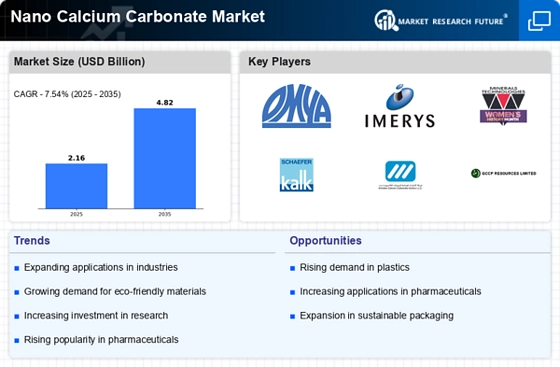
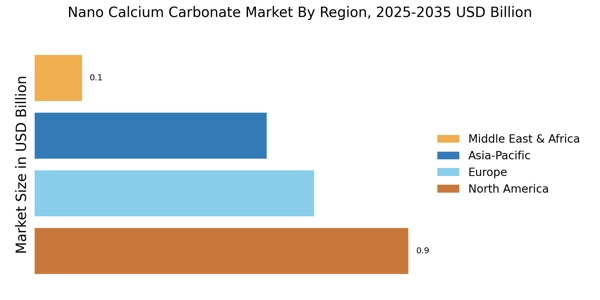
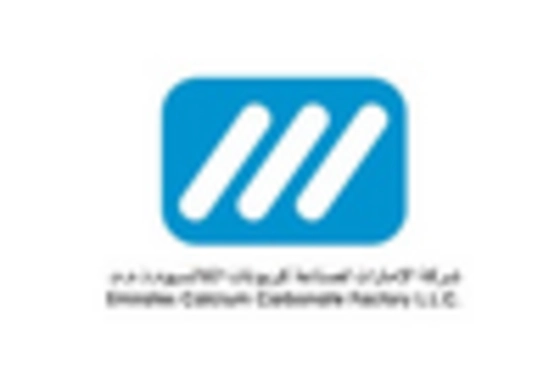
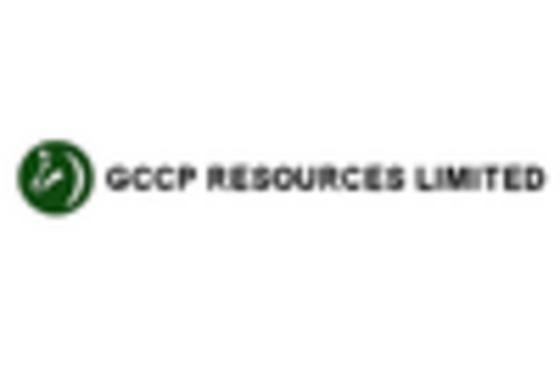
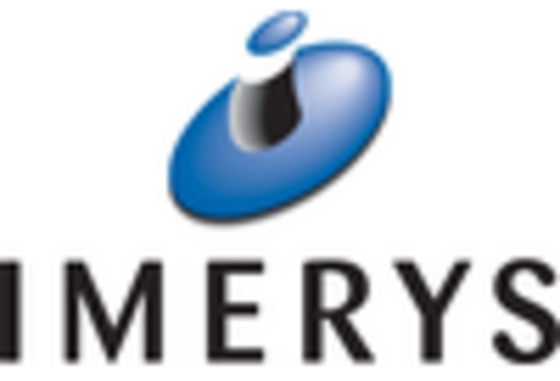
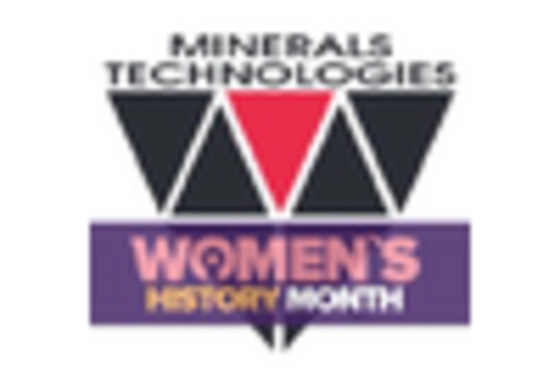
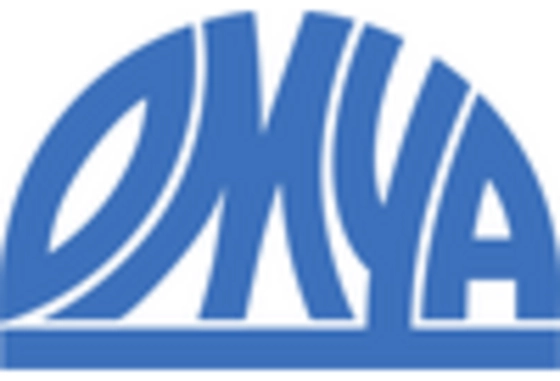
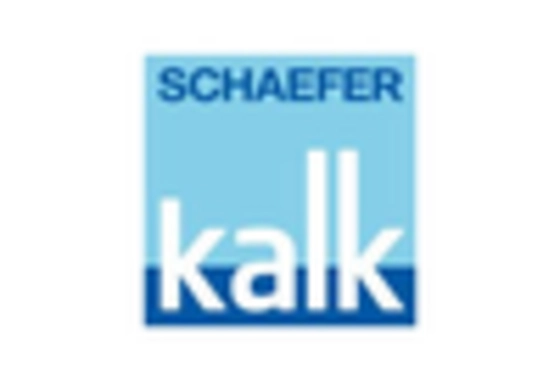








Leave a Comment